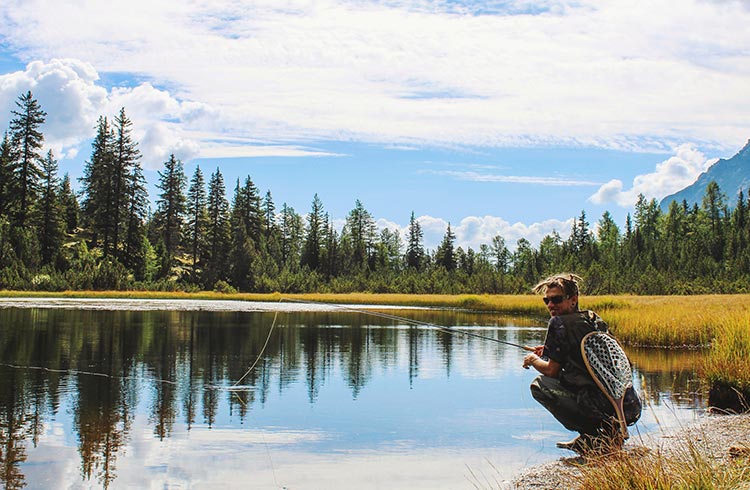Pitch your idea to an editor and lock in a travel writing commission with a little help from our expert, New York Times writer Tim Neville.
 Photo © Getty Images/Marco Duci/EyeEm
Photo © Getty Images/Marco Duci/EyeEm
One of the biggest questions people ask about travel writing has to do with the order of things. Do you go on a trip first and then sell the article or do you get an assignment to go first?
For years, I believed you should pitch an idea and let an editor tell you how many words he or she wanted. Why write 2,000 words on a sailing trip in advance when an editor might want 400 words on “how the sea changed your life”? But other writers I know say it was only by sending in a completed piece they got published in the first place. Try both. Try to get an assignment so you can work efficiently and, ideally, with an expense account. No bites? Try sending in a completed draft.
- Split it into three
- What's your hook?
- What's your plan?
- Sell yourself
- Find the right person to pitch to
- Listen to Tim
- Download our How to Make a Living as a Travel Writer guide
Split it into three
Almost every article that gets assigned has a reason or “hook” that makes the subject relevant now. The bigger features will also have at least one dynamic character on a “quest", which could be you. The setting needs to be intriguing or superlative in some way. Your pitch needs to capture all of this. Remember, sell your idea, not your voice, so really flex those literary muscles later.
Think of a pitch in three main parts: the idea itself, how you’ll do it, and who you are. You want to do all of this in about 700 words or so. Longer articles need longer pitches, of course, but in general, keeping it short increases your chances of getting it read.
What's your hook?
For the idea itself, trot out any superlatives and your hook. “In July, the largest gathering of hobo-style train-riding fans in the world kicks off, complete with one-can-meal cook-offs and boxcar bars.” Perhaps you want to backpack through the second-most glaciated peaks in Europe after the Alps. In any case, your hook needs to be crystal clear. Of all the stories in the universe, why should we do this one now? Hint: it’s new, it’s changing, it’s the biggest/smallest/loudest/least known.
What's your plan?
How will you report the article? If you’re pitching, say, 10 foods to try in Philadelphia, mention some of your sources. If it’s a narrative, spell out your “mission”: I’ll hike for a week through the mountains, crossing alpine passes and camping in valleys, maybe learning how to make stinky cheese along the way.
Sell yourself
Who are you? (The bringer of great ideas who’s familiar with your magazine.)
If you’re pitching an editor you’ve never worked with, you need to show you understand what the magazine is about and that it hasn’t already covered your idea. In my first pitch to Departures, for an Antarctica story, I found the magazine had only mentioned Antarctica very briefly in a round-up a few years earlier, which left the door open to a bigger feature. I used that mention to my advantage by stating how my idea, going on a tiny four-cabin sailboat, was different from how other companies do it, including the one in the round-up. Translation: I’m familiar with the magazine; my way is better.
Finally, you should explain who you are and offer up some samples of your work. A simple, “As for me, I’m a writer based in Oregon who hikes as much as possible and has stories published in X, Y and Z” should do. I usually include a link to my website.
Find the right person to pitch to
Many magazines and newspapers have this (perhaps) unspoken policy that if you can’t dig up an editor’s name and email address then you probably aren’t far along enough in your career to warrant a serious read of your pitch. The best way to get in is to have another writer introduce you.
If you’re just starting out and don’t know any other writers, look at the publication’s masthead, see who works there, then Google those names. Sometimes you can find email formulas in press releases. And you can always pick up the phone and call. Just keep it quick. “Hey, I’m a writer in Christchurch and have an idea I’d love to send you. Would you mind if I sent you a pitch?”.
Related articles
Simple and flexible travel insurance
You can buy at home or while traveling, and claim online from anywhere in the world. With 150+ adventure activities covered and 24/7 emergency assistance.
Get a quote


No Comments